¶ GM Series gimbals
More information will be added shortly….
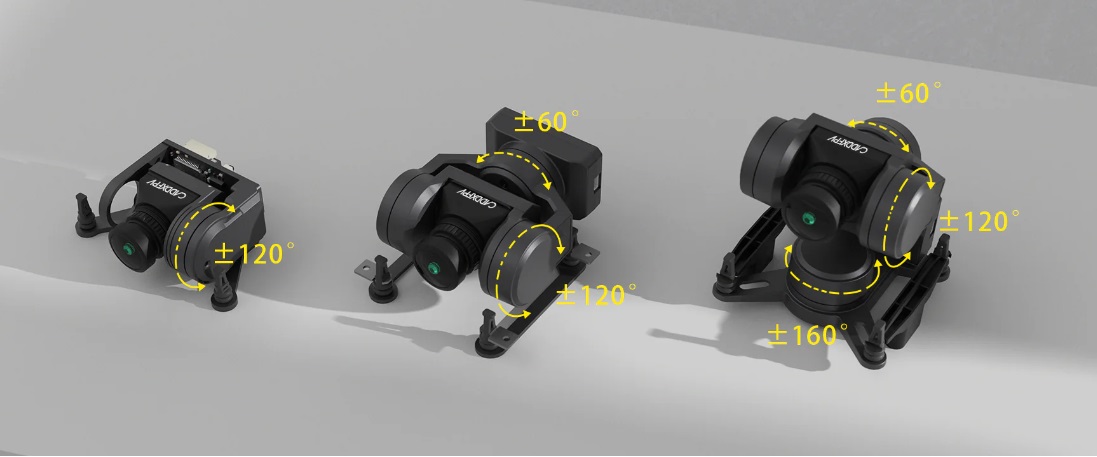
Caddx/Walksnail have expanded their range of products to include gimbals, whose primary functions are to provide stabilisation, meaning useable FPV is now possible on things like ground craft and rovers, as well as on quadcopters or fixed wing.
¶ The range includes:
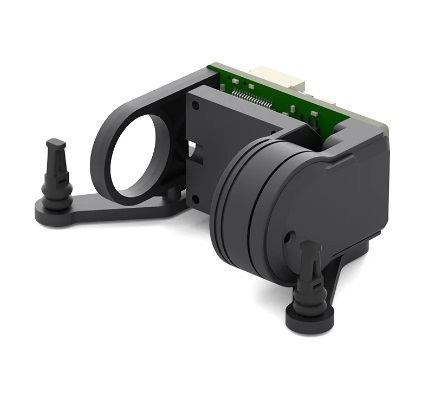
The GM1 is a single axis gimbal whose aim is to provide stabilisation on the pitch axis |
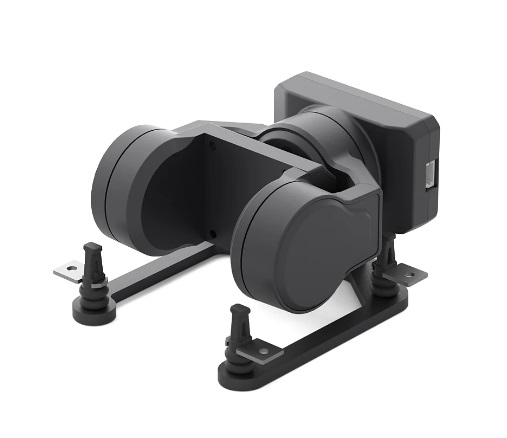
The GM2 is a dual axis gimbal whose aim is to provide stabilisation on the pitch and roll axis |
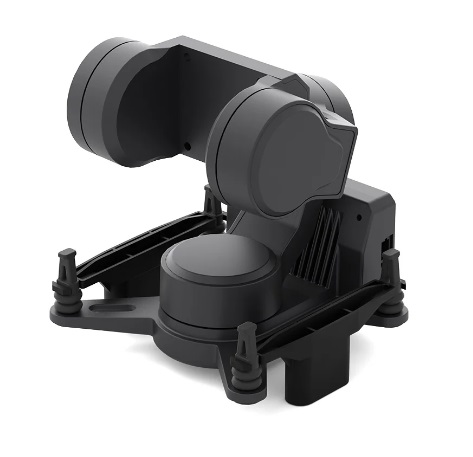
The GM3 is a three axis gimbal whose aim is to provide stabilisation on the all axis, also making it ideal for Headtracking |
¶ Firmware
Firmware and configuration information can be found HERE
with video instructions on how to complete the updating procedure HERE
¶ Headtracking
By using the in-built HT module within the Goggles Lite (GL), Goggles X (X) or Extension Module (which doubles as an analogue VRX adapter) you can use the gimbals for head tracking purposes. Here is a demonstration. Head tracking can be setup in various ways; a conventional PPM setup by connecting your goggles/HT module to the trainer port of your radio with each of the gimbals axis connected to a PWM receiver or servo output pad on a flight controller , PTZ by connecting the gimbals uart to a compatible VTX, or via inav (inav8 nightly required). An example of a PPM setup using the extension module can be see HERE.
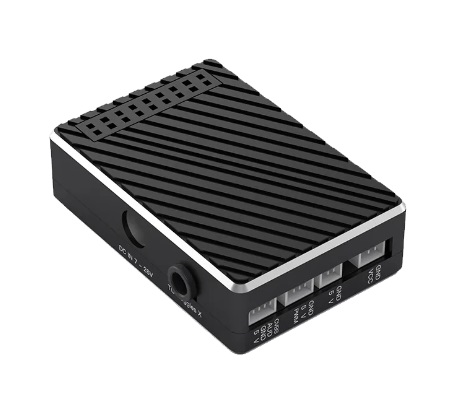 |
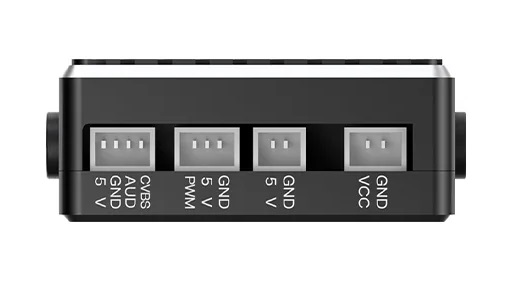 |
¶ Analogue
The extension module doubles as an analogue VRX adapter with various input methods (fatshark pins, 3.5mm jack or jst1.0) available. A setup video can be see HERE.
Using the jst connector or 3.5mm jack it is possible to add a DVR board. In the example below a Runcam DVR board was used.
 |
 |
¶ GM Series gimbals VTX support.
There are currently 3 options to deliver head tracking data to the GM series gimbals.
- Via VTX UART to Gimble tx/rx [HT -> VRX -> VTX UART -> Gimble tx/rx]; or
- PWM from a source such as FC or radio handset [HT -> radio handset trainer port -> radio on craft -> direct PWM or via FC PWM -> Gimble tx/rx]; or
- FC UART to Gimble tx/rx [HT -> VRX -> VTX -> INAV 8.x+ FC UART -> Gimble tx/rx. *INAV 8.x+ only, currently supports this.
Communication to the Gimble tx/rx (Gimble UART), is done via the UART protocol and has a requirement of the same for both transmission and receiving. An Avatar VTX with a 6 pin USB update port will be pinned as 5v, gnd, dm, dp, tx, rx. The first 4 pins are USB and pins 5 and 6 are an additional UART for other features (such as Gimble control).
VTXs that do not have the extra 5th and 6th pin on the USB update port (V1 VTX and 1s VTX) cannot be connected to the Gimble for option 1.
Option 1 is the simplest and most seamless head tracking implementation and is supported where the VTX has a USB update port that is 6 pins.
For VTXs that do not support option 1, the other 2 options are possible, and are generally more suited to fixed wing use due to the FC types used.
Regarding the Avatar GT, this VTX does not have an update port as FW updates are done via SD Card. The GT only has a single plug connecting UART2 (OSD from FC) and power in, on the outside of the VTX and the same UART2 as solder pads as well as 5v/gnd output for the top fan. The GT however has UART3 (tx3/rx3) on the PCB that are available to be used to facilitate option 1. Attached is a picture of the GT board showing tx3/rx3 at the top of the picture.
(credit to Ian Lewis @ fpvwiki for the tear down pic. Source: https://fpvwiki.co.uk/wp-content/uploads/2024/08/Avatar-GT-VTX-RF-PCB-Bottom-scaled.jpg)
